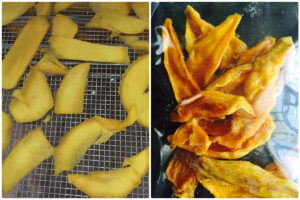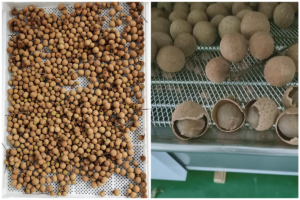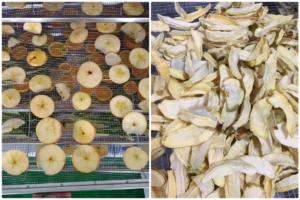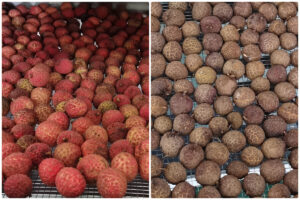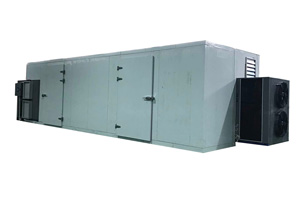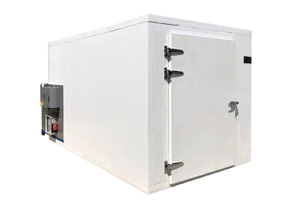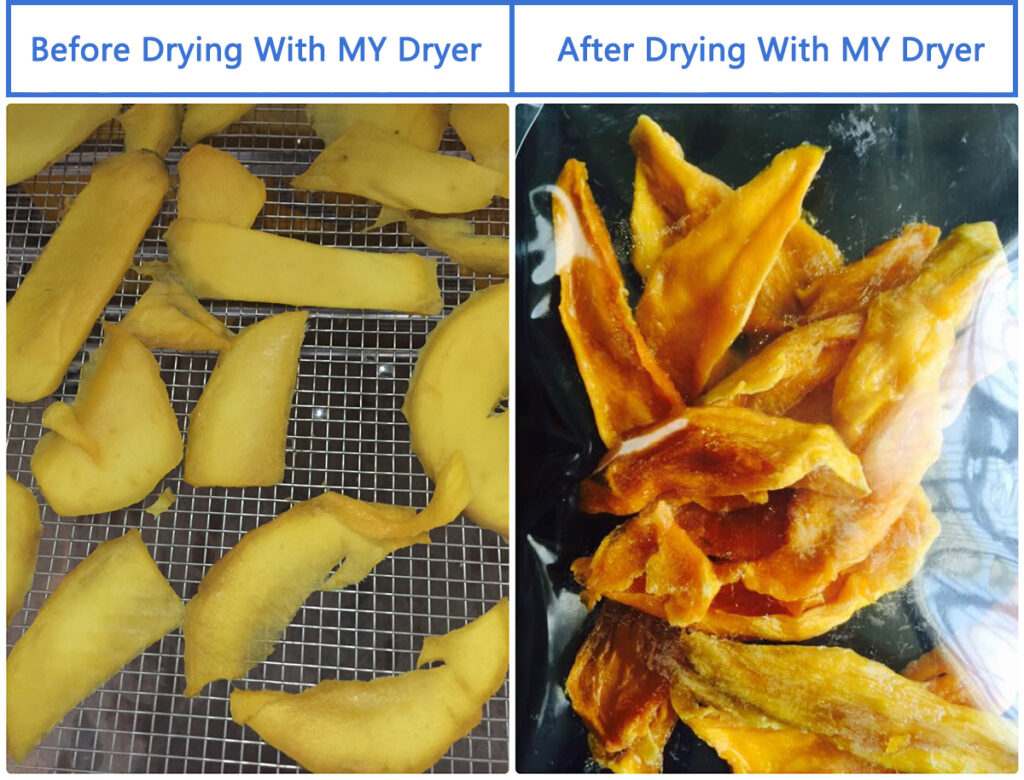
Introduction: The Art & Science of Mango Drying
Mango, a tropical gem rich in vitamins, minerals, and natural sugars, requires meticulous processing to retain its vibrant color, flavor, and nutritional value. Traditional drying methods often compromise quality through uneven heating, high energy consumption, or over-reliance on manual labor. Modern manufacturers now prioritize efficiency and consistency, making heat pump technology a game-changer. MeiYa Air Source Heat Pump Dryers deliver precision-controlled drying tailored to mango’s delicate structure, ensuring premium-quality dried products while aligning with sustainable production goals.
Why Choose MeiYa Heat Pump Dryers?
MeiYa’s innovative technology addresses the limitations of conventional drying systems:
- Energy Efficiency
MeiYa dryers recover latent heat from exhaust air, reducing energy consumption by up to 60% compared to coal-fired or electric dryers. This lowers operational costs and supports eco-friendly production. - Precision Temperature Control
Mango slices demand staged temperature management (70–75°C initial drying, 60–65°C final phase). MeiYa’s automated PID system maintains ±1°C accuracy, preventing case-hardening or nutrient loss. - Reduced Labor & Enhanced Consistency
Automated humidity adjustment, timed air circulation, and even airflow distribution minimize manual flipping/rotation. Uniform drying ensures standardized product quality batch after batch. - Gentle Processing
Low-temperature drying preserves mango’s natural pigments (carotenoids), vitamins, and aromatic compounds, yielding vibrant orange-yellow slices with concentrated sweetness.
Optimized Mango Drying Workflow Using MeiYa Technology
Stage 1: Raw Material Preparation
• Selection: Use 80–90% ripe mangoes (firm yet fragrant) with thick flesh for higher yield.
• Washing & Peeling: Clean in flowing water, remove peels (to eliminate tannin-induced browning), and slice into 6–10mm thick pieces.
Stage 2: Color Preservation
• Treat slices with sulfur fumigation/dipping (0.1–0.2% food-grade solution) to inhibit enzymatic browning.
Stage 3: Intelligent Drying
• Loading: Arrange slices on trays with 5–8cm gaps for optimal airflow.
• Phase 1 (70–75°C): Rapid moisture removal (4–6 hours) while maintaining surface integrity.
• Phase 2 (60–65°C): Slow drying (10–12 hours) to equilibrate internal moisture. MeiYa’s auto-reverse fans ensure even dehydration without manual flipping.
• Humidity Balancing: Post-drying, store slices in sealed containers for 48–72 hours to stabilize moisture (15–18% final content).
Stage 4: Packaging
Pack moisture-balanced slices in UV-blocking bags or vacuum-sealed containers to extend shelf life.
Traditional vs. MeiYa Heat Pump Drying: Key Contrasts
| Factor | Traditional Methods | MeiYa Heat Pump Dryer |
|---|---|---|
| Temperature Control | Manual adjustments, fluctuations | Automated, precise staging |
| Energy Use | High (coal/electricity) | 40–60% energy savings |
| Labor Input | Frequent monitoring required | Minimal intervention |
| Product Uniformity | Variable due to uneven heating | Consistent color, texture, taste |
Conclusion: Elevate Your Mango Processing with MeiYa
MeiYa Air Source Heat Pump Dryers transform mango drying into a seamless, cost-effective process. By combining cutting-edge technology with deep understanding of fruit biochemistry, we empower producers to deliver superior dried mangoes that captivate global markets. From small-scale artisanal batches to industrial lines, MeiYa adapts to your needs while safeguarding quality and sustainability.
Contact MeiYa Experts Today!
Email: [email protected]
Contact Person: Mr. Ren
WhatsApp/WeChat/Mobile: +86 133 4676 7871
Preserve nature’s golden treasure—the MeiYa way.
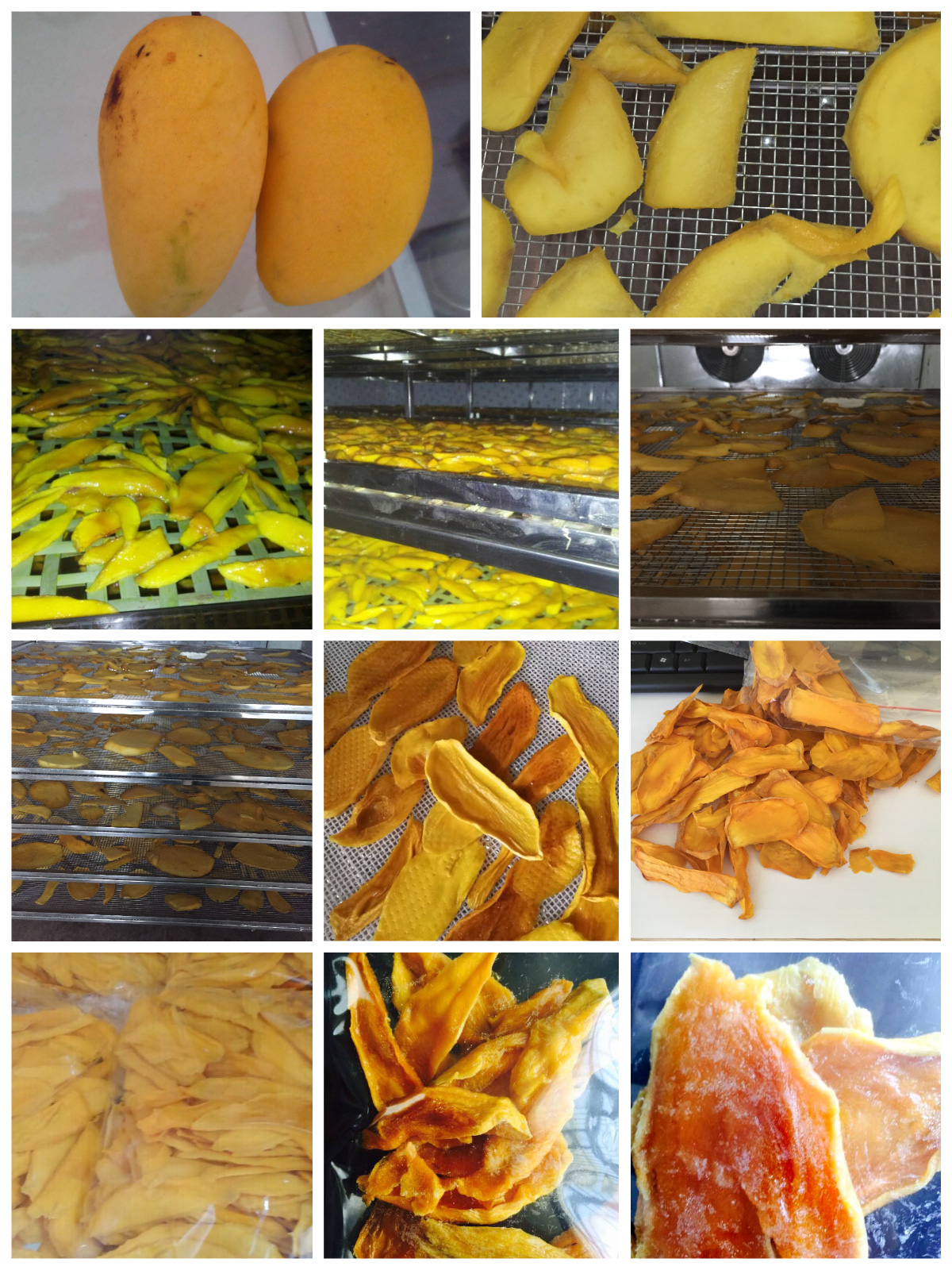
Videos Display


